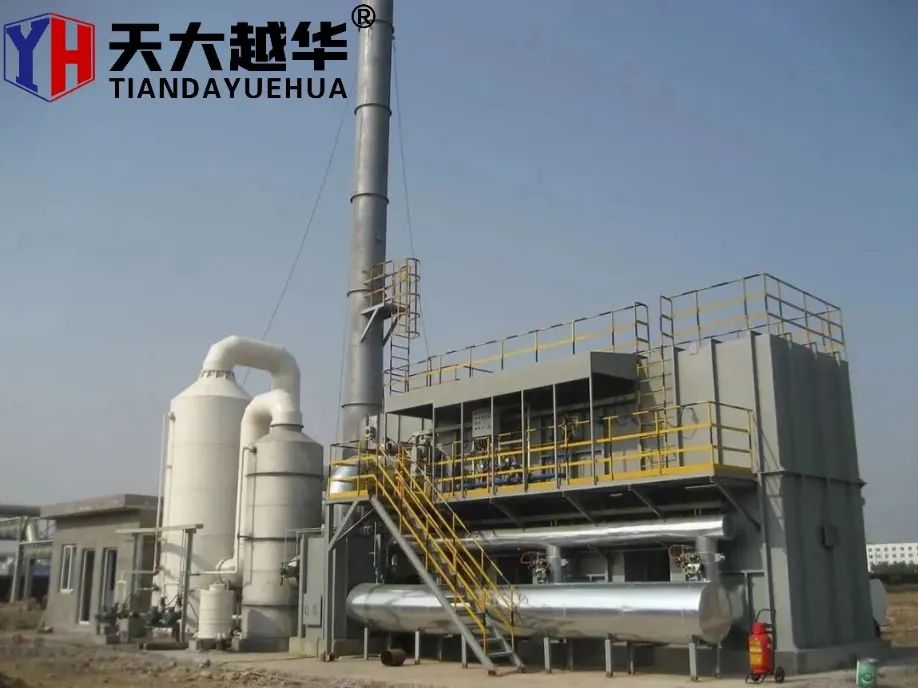Navigating the Installation Journey: Understanding the Process of Oxidizer Incinerator RTO Installation
2024-04-08
In the realm of industrial operations where environmental compliance is paramount, Oxidizer Incinerator Regenerative Thermal Oxidizers (RTOs) stand as stalwart guardians against air pollution. These sophisticated devices play a crucial role in neutralizing volatile organic compounds (VOCs) and hazardous air pollutants (HAPs) emitted during manufacturing processes. However, the journey from selecting an RTO to its seamless integration into existing infrastructure involves a meticulously orchestrated installation process. In this blog, we'll guide you through the typical steps involved in the installation of an Oxidizer Incinerator RTO.
1. Initial Assessment and Planning
The installation journey begins with a comprehensive assessment of the facility's needs and requirements. This involves evaluating factors such as production volume, pollutant types, space availability, and regulatory compliance standards. Based on this assessment, a detailed installation plan is developed, outlining the scope of work, timeline, and resource requirements.
2. Site Preparation
Before the installation can commence, the site must undergo thorough preparation to accommodate the RTO system. This may involve clearing the designated area, ensuring adequate ventilation, and making necessary modifications to existing infrastructure such as ductwork and electrical systems. Additionally, any permits or regulatory approvals required for installation are obtained during this phase.
3. Delivery and Placement of Equipment
Once the site is prepared, the Oxidizer Incinerator RTO equipment is delivered to the facility. Careful coordination is essential to ensure timely delivery and placement of the components, including the oxidizer unit, combustion chamber, heat recovery system, and control panel. Specialized equipment and machinery may be required for handling and positioning the heavy components with precision.
4. Mechanical Installation
The mechanical installation phase involves assembling and connecting the various components of the RTO system according to the manufacturer's specifications and engineering drawings. Skilled technicians and contractors work collaboratively to install ductwork, piping, valves, fans, and other mechanical components with precision and attention to detail. This phase also includes mounting the heat exchange media within the RTO unit.
5. Electrical and Instrumentation Installation
Simultaneously, the electrical and instrumentation components of the RTO system are installed and integrated into the facility's control infrastructure. This includes wiring electrical panels, sensors, controllers, actuators, and other instrumentation necessary for monitoring and controlling the operation of the RTO. Experienced electricians ensure compliance with safety standards and regulatory requirements during this phase.
6. Testing and Commissioning
Once the installation is complete, thorough testing and commissioning are conducted to ensure that the Oxidizer Incinerator RTO functions as intended. This involves performing operational checks, functional tests, and system calibrations to verify proper operation and performance. Any discrepancies or issues identified during testing are addressed promptly to ensure the system's reliability and efficiency.
7. Training and Handover
As the installation process nears completion, comprehensive training is provided to facility personnel responsible for operating and maintaining the RTO system. Training sessions cover topics such as system operation, maintenance procedures, troubleshooting techniques, and safety protocols. Once training is complete, formal handover of the RTO system to the facility's management marks the conclusion of the installation process.
Conclusion
The installation of an Oxidizer Incinerator Regenerative Thermal Oxidizer (RTO) is a complex and intricate process that requires meticulous planning, coordination, and expertise. From initial assessment and site preparation to mechanical and electrical installation, testing, and commissioning, each step plays a vital role in ensuring the successful integration of the RTO into the facility's operations. By adhering to industry best practices and regulatory standards throughout the installation journey, companies can achieve environmental compliance, operational efficiency, and peace of mind knowing that their air pollution control needs are met with precision and reliability.



